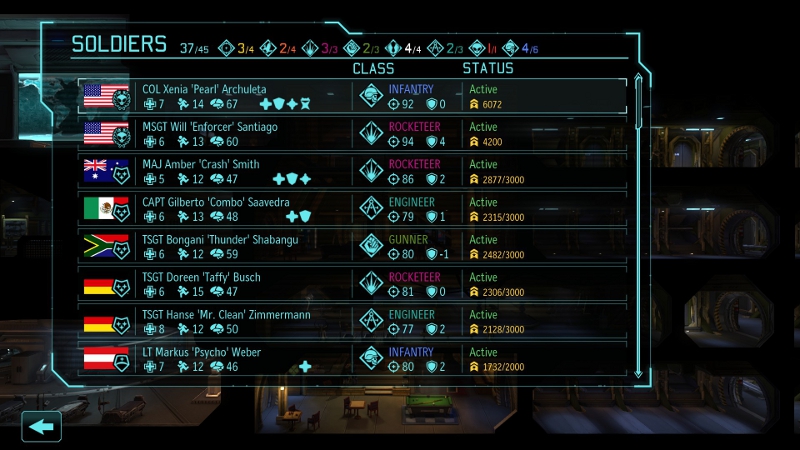
Many such gadgets, including poisoned pellets hidden in umbrellas or guns disguised as tubes of lipstick, emerged in the 1950s and 1960s. While popular images of Cold War-era spies feature high-stakes missions, assassinations, and hidden recording devices that call to mind the world of characters like James Bond, these images were pulled from real-life acts of espionage. Mutual efforts to undermine their foe pushed the United States and the Soviet governments to plant spies within both the USSR and the United States to subvert policy, spy on intelligence, and seek out ways to hinder any effort at growing global power. This policy ultimately pushed the United States to enter into wars in Korea, Vietnam, and other Cold War conflicts. The policy of containment later informed the “domino theory,” which stated that one country falling to Communism meant the surrounding countries were likely to fall as well. This promise lasted throughout Truman’s time in office and continued in the administrations that followed. Outlined in a speech delivered to Congress, what became the Truman Doctrine was an open promise of US support to any country threatened by the Soviet Union. This became a defining element of foreign policy in President Harry Truman’s administration.

Soviet efforts to claim territory in Europe following Germany’s defeat fed into the belief that the USSR intended to expand communism across Europe.īy 1947, the United States adopted a policy of containment to restrict Soviet global power.

This fear was not unfounded, as Soviet leaders actively sought to infiltrate or target nations to advance the global influence of the USSR. Ever since the Bolshevik Revolution in 1917, in which the Russian monarchy fell to Soviet forces, the spread of communism beyond Russia remained a persistent fear throughout the twentieth century. While President Roosevelt hoped to see a lasting peace emerge in the postwar world order, relations with the Soviet Union complicated that vision. The subsequent race for superior military power sparked an era of espionage, wars over the spread of communism, and a build-up of nuclear arms that threatened global annihilation. Following the defeat of the Axis powers, an ideological and political rivalry between the United States and the USSR gave way to the start of the Cold War. As World War II transformed both the United States and the USSR, turning the nations into formidable world powers, competition between the two increased. However, Germany’s invasion of the Soviet Union and Japan’s attack on Pearl Harbor created an alliance between the United States and the USSR. Western Allied leaders did not forget the initial nonaggression pact made between Soviet Premier Joseph Stalin and Adolf Hitler in 1939.

Tensions between the United States and its unlikely ally in the Soviet Union persisted throughout World War II. Top image courtesy of the National Archives and Records Administration, 198923.


 0 kommentar(er)
0 kommentar(er)
